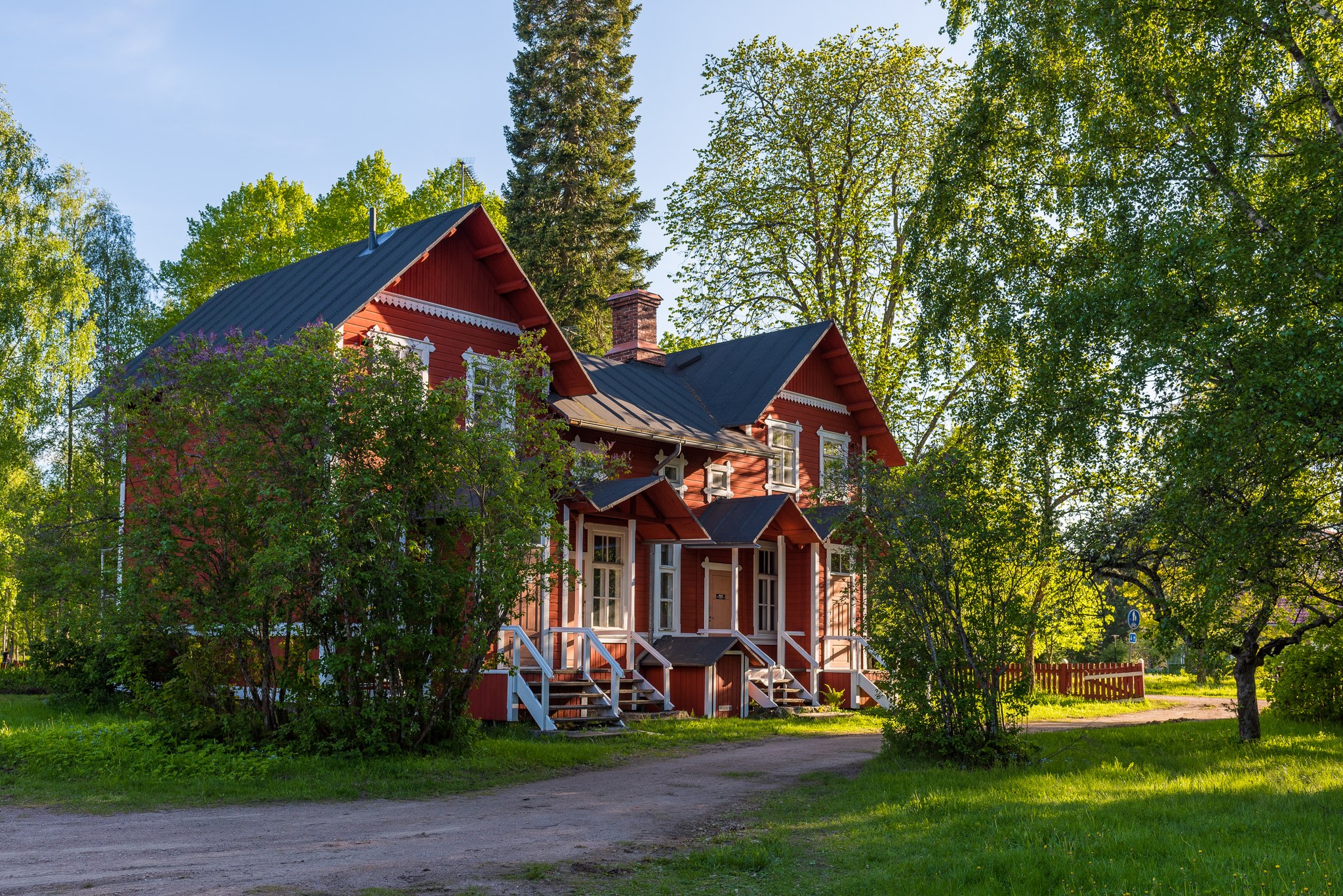historic Workers’ Housing Museum
The Industrial Workers' Housing Museum, part of the Imatra City Museum, is located on the banks of the Vuoksi River in Ritikanranta. Enso-Gutzeit Oy donated this area to the City of Imatra in 1972. Two buildings on the site were converted into museums in 1975. The wooden residential building shows the different decades of housing from the early 1900s to the 1960s. The stone-built courtyard building, which includes a sauna, has been restored to its original state.
History
In the late 19th century, industry began to develop in the Imatra area, exploiting the energy provided by the Vuoksi river. The growth of large-scale industry began in 1895 when the Tornator limited company bought a farm along the Vuoksi, including half of the Niskakoski and Tainionkoski riverbanks, and started to build industrial plants. The transformation of Tainionkoski into an industrial town began. In 1896 and the following years, the company built about 20 residential buildings for the working population, including several apartments. This led to the creation of the Ritikanranta housing estate, whose buildings were called barracks.
When Tornator merged with Enso-Gutzeit Oy in 1932, the company donated the area between the Ritikan embankment and the Vuoksi River to the city of Imatra in the autumn of 1972 as a museum area. The two remaining buildings on this site were restored as the Industrial Workers' Housing Museum, which was completed and opened to the public in early May 1975.
The apartments in the residential buildings of the Industrial Workers' Housing Museum showcase interior design styles from different decades, from the early 20th century to the 1960s. The partly block-built, stone-built, heath-room-sauna building has been restored to its original appearance. Most of the artefacts in the Industrial Housing Museum have been donated by residents of the Tainionkoski area. This has made it possible to preserve for future generations the material culture associated with the everyday life and housing of industrial workers from the late 19th century to the post-mid 20th century.
Entrance to the museum is free!
Image: imatra.kuvat.fi
Source: imatra.fi
Address
Taimenkuja 7, 55120 Imatra
